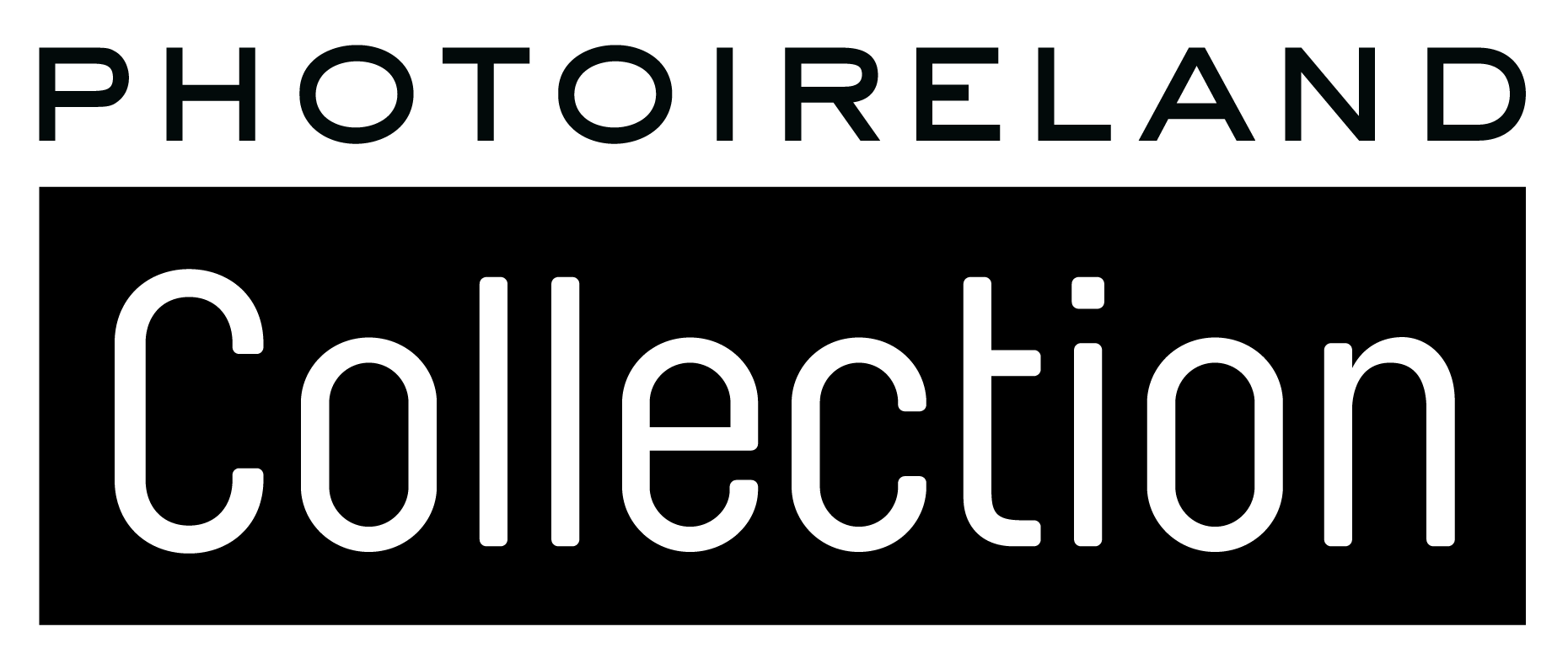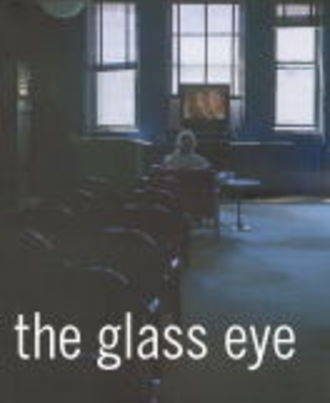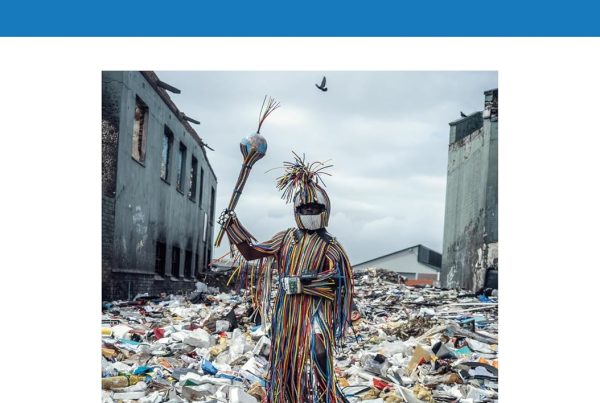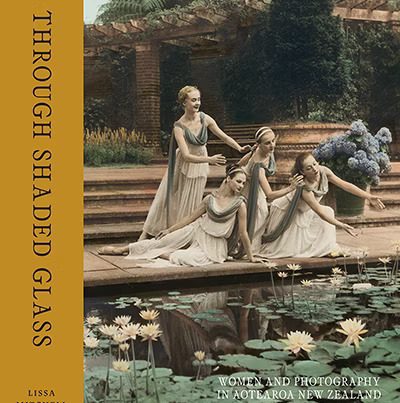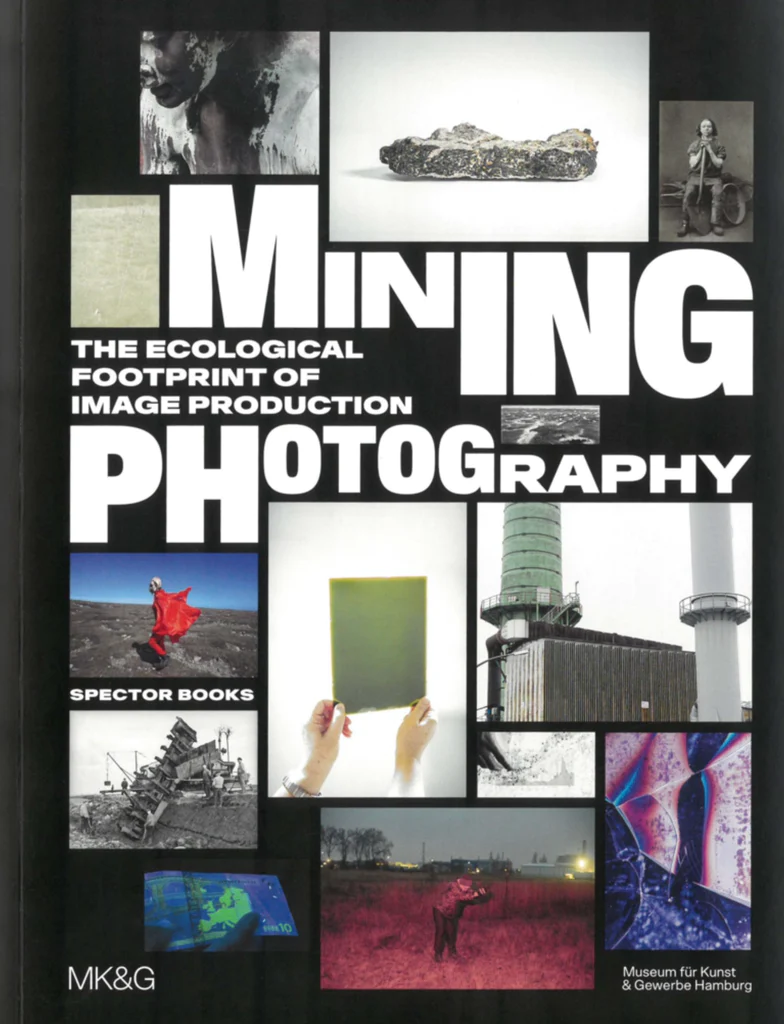
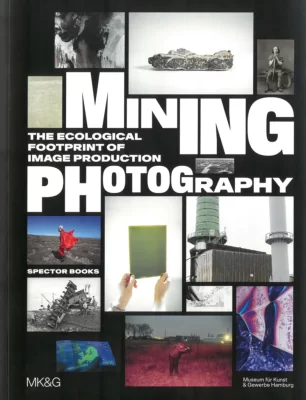 Mining Photography: The Ecological Footprint of Image Production
Mining Photography: The Ecological Footprint of Image Production
Various Authors
Spector Books
English
Edited by Boaz Levin, Esther Ruelfs and Tulga Beyerle.
Softcover
First Edition
176 pages
250 x 195 mm
2022
ISBN 9783959056564
Photography has always depended on the extraction and exploitation of so-called natural raw materials. Having started out using copper, coal, silver, and paper—the raw materials of analogue image production in the nineteenth and twentieth centuries—photography now relies, in the age of the smartphone, on rare earths and metals like coltan, cobalt, and europium.
Mining Photography focuses on the history of key raw materials utilised in photography and establishes a connection between the history of their extraction, their disposal, and climate change. Looking at historical and contemporary works, it tells the story of photography as a history of industrial production and demonstrates that the medium is deeply implicated in human-induced changes to nature. The publication shows contemporary works by a range of photographers and artists, including Ignacio Acosta, Lisa Barnard, F&D Cartier, Susanne Kriemann, Mary Mattingly, Daphné Nan Le Sergent, Lisa Rave, Alison Rossiter, Metabolic Studio’s Optics Division, Robert Smithson, Simon Starling, Anaïs Tondeur, James Welling, Noa Yafe and Tobias Zielony, along with historical works by Eduard Christian Arning, Hermann Biow, Oscar and Theodor Hofmeister, Jürgen Friedrich Mahrt, Hermann Reichling, and others, and historical material from the Agfa Foto-Historama in Leverkusen, the Eastman Kodak Archive in Rochester and the FOMU Photo Museum in Antwerp as well as mineral samples collected by Alexander von Humboldt from the collection of the Museum für Naturkunde, Berlin.
Authors featured in this book include Siobhan Angus, Nadia Bozak, Boaz Levin, Christopher Lützen, Brett Neilson, Christoph Ribbat, Esther Ruelfs, Sven Schumacher, Karen Solie and Julia Wiedenmann.
(source: https://www.thelibraryproject.ie/collections/latest-arrivals/products/mining-photography-the-ecological-footprint-of-image-production-boaz-levin-esther-ruelfs-tulga-beyerle)
About the Editors
Boaz Levin (b. 1989) is an artist, writer and occasional curator. He currently holds a position as a research associate at the UDK, Berlin, where, together with Hito Steyerl, Maximillian Schmoetzer and Vera Tollmann, he runs the Research Center for Proxy Politics (RCPP).
(source: https://spheres-journal.org/contributor/boaz-levin/)
Esther Ruelfs is Head of the Photography and New Media Department at the Museum für Kunst und Gewerbe in Hamburg. She studied art history and philosophy. Ruelfs is interested in the connections between historical and cultural contexts and contemporary issues of social relevance. She is co-curator of the exhibition Mining Photography: The Ecological Footprint of Image Production.
(source: https://phototriennale.de/events/the-remains-of-photography-esther-ruelfs-and-vartan-avakian-in conversation/#:~:text=Esther%20Ruelfs%20is%20Head%20of,studied%20art%20history%20and%20philosophy.)
Tulga Beyerle (b. 1964, Vienna) has been director of the Museum für Kunst und Gewerbe Hamburg (MKG) since 1 December 2018. In keeping with the goal of museums of applied and decorative arts everywhere to provide inspiration for the best in design both in the present and future, Beyerle strives to position MKG as a place of myriad possibilities and a platform for discourse and negotiation at the highest level and yet without excluding any members of society.
(source: https://www.salonemilano.it/en/autori/tulga-beyerle)
About the Publisher
Spector’s publishing practice is settled squarely in the intersection of art, theory, and design. Based in Leipzig Germany, our publishing house explores the possibilities offered by an active exchange between all parties involved in the book production process: artists, authors, book designers, lithographers, printers and bookbinders. The book as medium is turned into a stage, a site of encounter for productive exchange. Finding innovative approaches to the medium today calls for a well considered interplay between the content, design, and materiality of a book.
spectorbooks.com
(source: https://spectorbooks.com/about)
